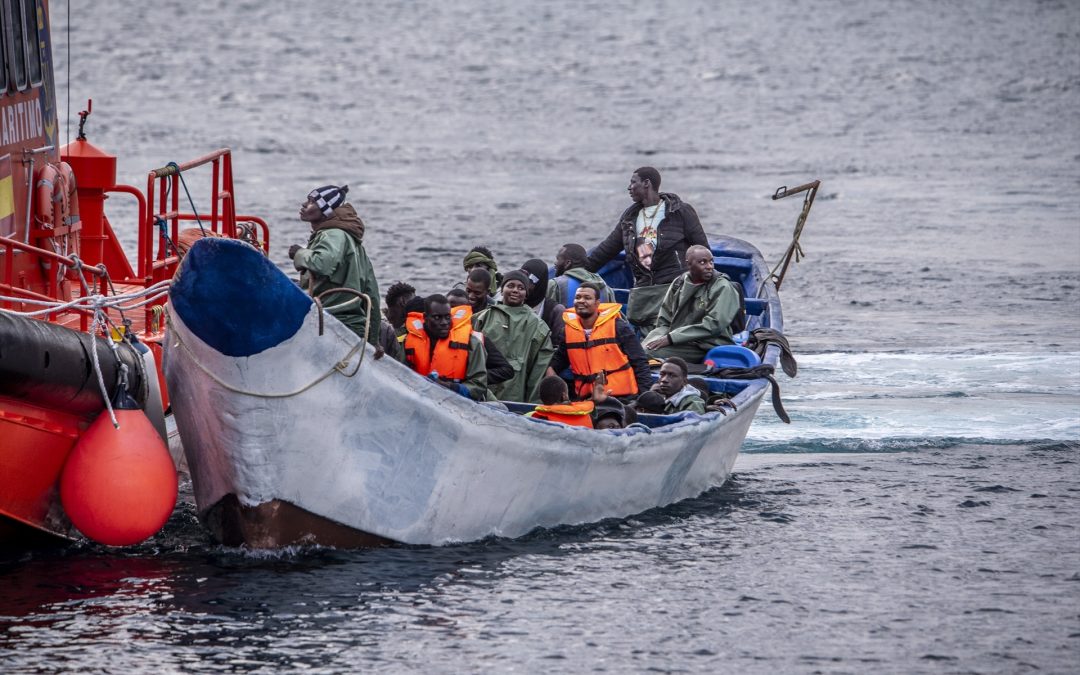Brussels – The European Union recorded a 38% drop in the number of migrants who arrived irregularly in its territory last year compared to the previous year, with just over 239,000 entries detected in 2024, according to the latest data from the European Border and Coast Guard Agency (Frontex), which, however, points out that the approximately 47,000 arrivals in the Canary Islands represent the “highest” figure in the Spanish archipelago since the European agency began keeping records in 2009.
Meanwhile, in the case of the Canary Islands, the figures show an 18% increase in irregular migrants received over the past year, a surge on the West African route which Frontex explains is due to the increase in departures from Mauritania, despite the fact that flows from other points in the region were reduced.
The rest of the arrivals to the peninsula, through the Western Mediterranean, barely rose by 1%, with a total of 17,026 irregular arrivals throughout 2024, mainly from Algerian, Moroccan, and Malian migrants.
In general, Frontex reports that the 239,000 irregular crossings last year to the entire European Union are the “lowest” figure since 2021, when flows were drastically reduced as a result of movement restrictions imposed by the coronavirus pandemic.
Although “migratory pressure persists,” the decline in irregular crossings to the Union, the agency says in a statement, has been largely achieved thanks to the intensification of cooperation between the bloc and third countries in the fight against human trafficking networks.
The irregular transit of people was particularly reduced on the Western Balkan routes, with a 78% drop, and the Central Mediterranean, where it fell by 58% due to fewer arrivals of migrants from Tunisia and Libya, although it remains the second route with the highest traffic (67,000).
As for increases, behind the Canary Islands, significant increases were also recorded in the Eastern Mediterranean, with 14% bringing irregular crossings to 69,400, mainly from people arriving from Syria, Afghanistan, and Egypt through corridors in eastern Libya.
Moreover, arrivals tripled from the borders of Ukraine and Belarus (up to 17,000 arrivals, primarily from Ukrainians, Ethiopians, and Somalis) and attempts to reach the United Kingdom across the English Channel also grew by 9%. (January 14)
 go to the original language article
go to the original language article
